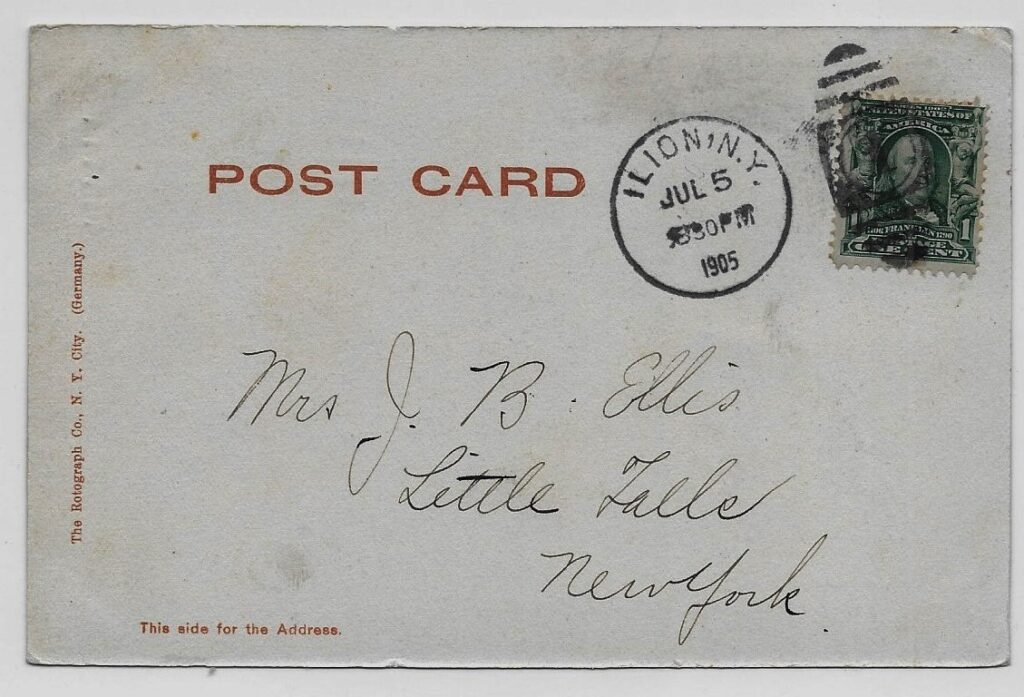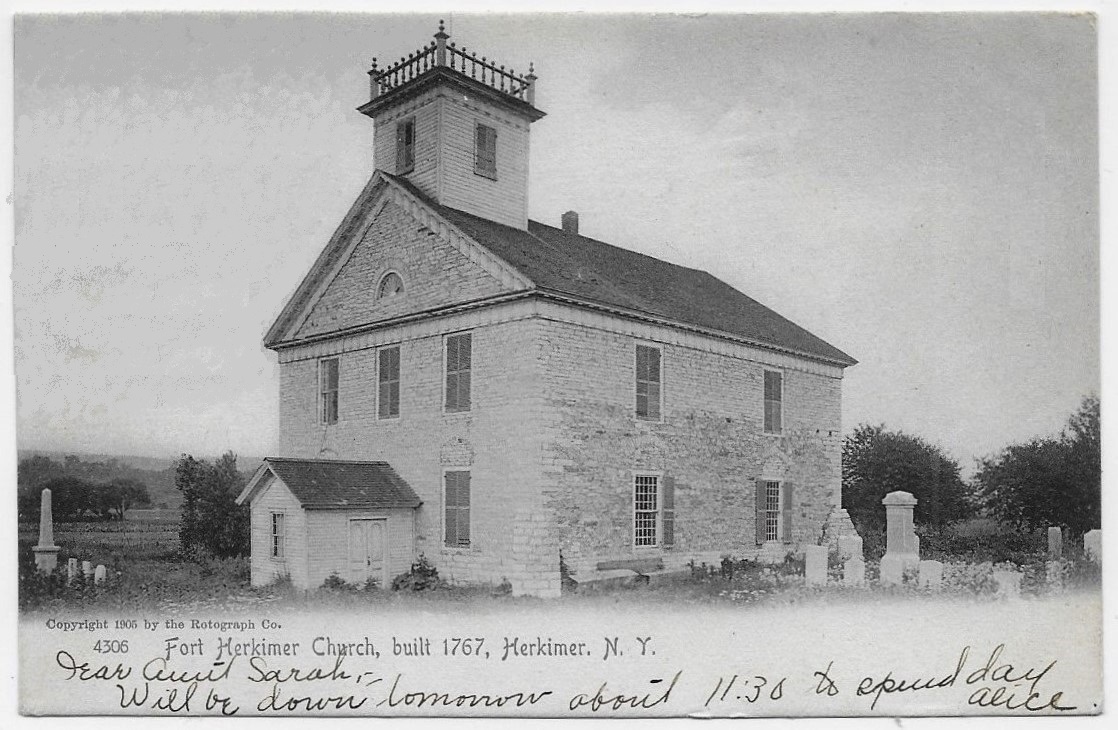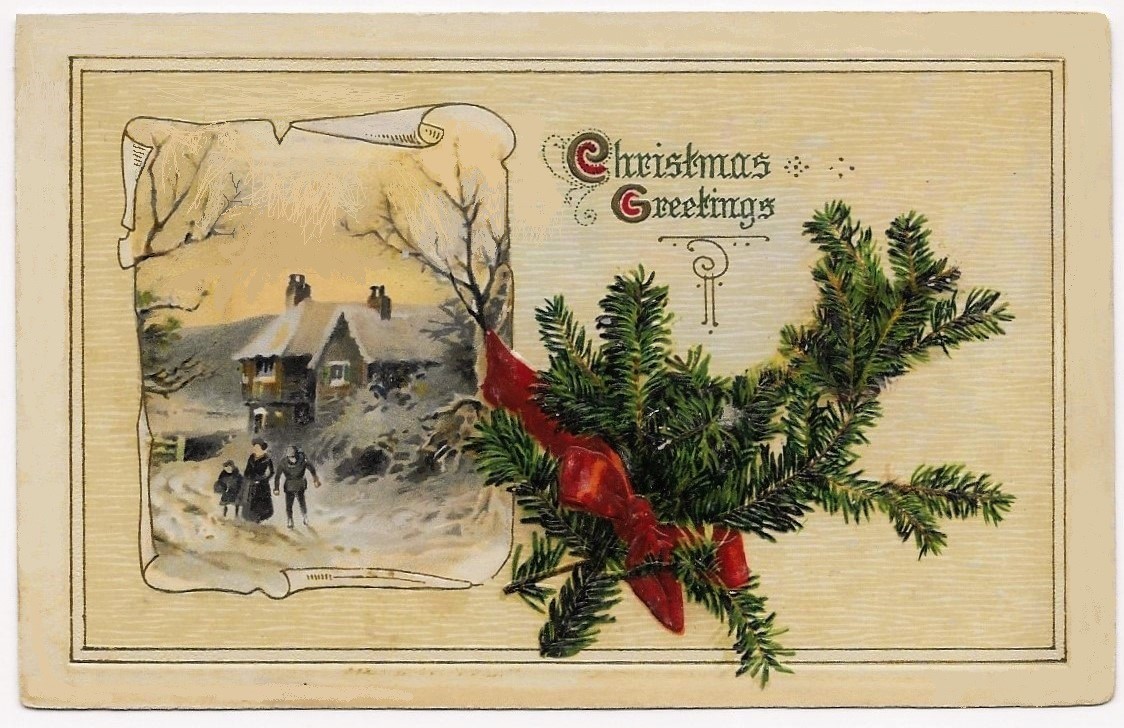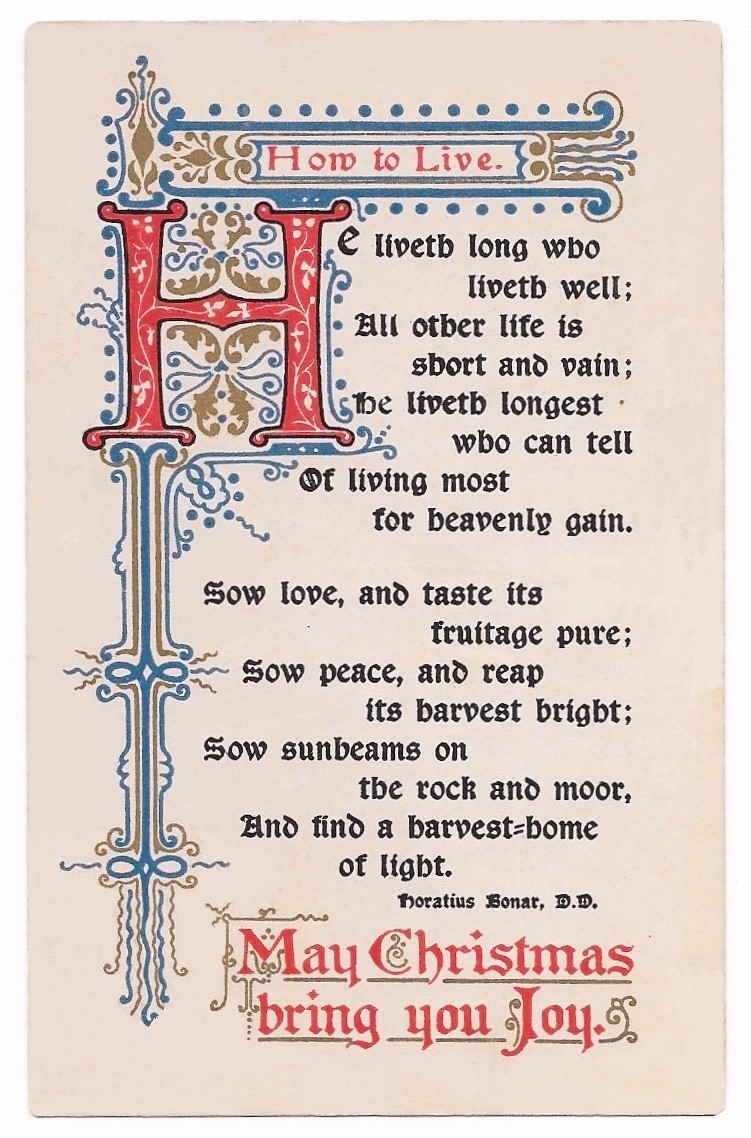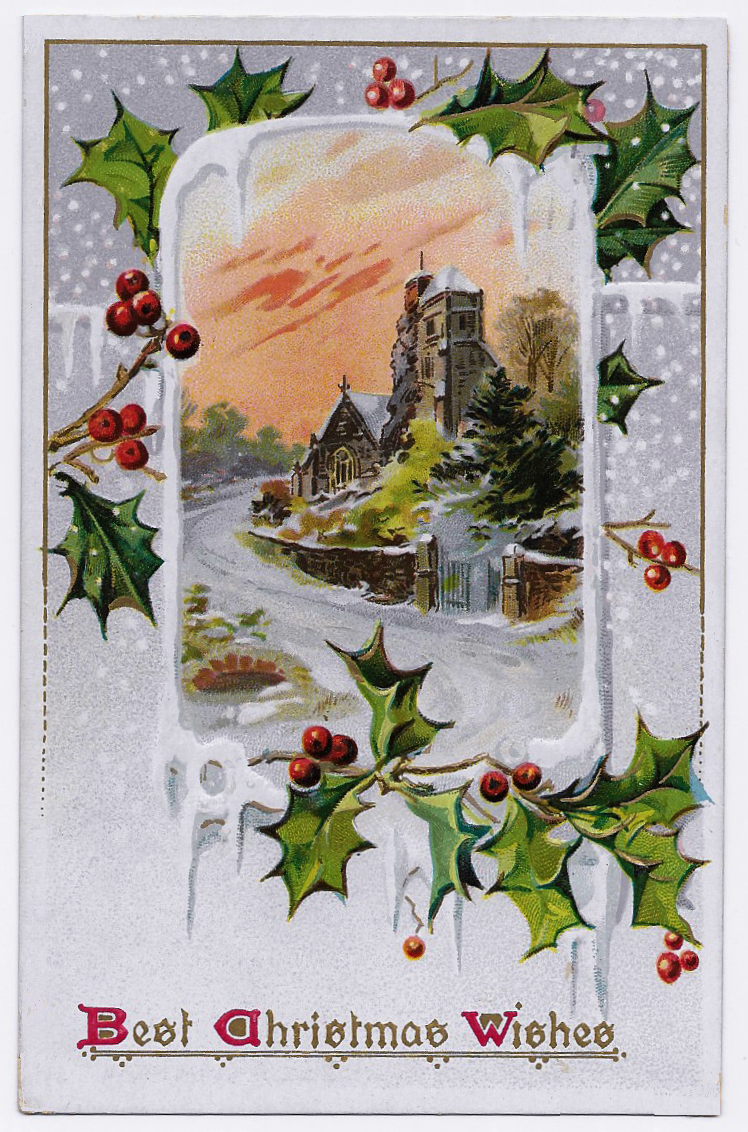Mrs. J. B. Ellis lived in Little Falls, a city on the Mohawk River in Herkimer County of central New York State.
At this place, the Mohawk River falls 45 feet in less than a mile, and the first settlement was related to portage.
With the completion of the Erie Canal and subsequent access to markets, mills were established and the area supported significant industry.
Today, the population of Little Falls is less than one-third of what it was in 1910.
https://en.wikipedia.org/wiki/Little_Falls,_New_York
In July of 1905, Mrs. Ellis received a postcard from her niece, Alice.
Alice mailed the postcard from Ilion, a village south of the Mohawk River on Steele Creek in Herkimer County.
Little Falls is ten miles east of Ilion.
https://en.wikipedia.org/wiki/Ilion,_New_York
The face of the postcard is a photograph of “Fort Herkimer Church”.
The first Fort (Fort Bear) was erected in 1740 to protect the community, largely of German immigrants, who were in the western-most frontier of European settlement.
The Fort was attacked by the French in 1757 during the Seven Years War and was defended by the young Nicholas Herkimer (Hercheimer) who later became a daring General of the American Revolution.
A substantial stone Church was built in 1767 to serve the settlements.
The fort was rebuilt as Fort Herkimer – a stockade around the Herkimer Church – during the American Revolution.
During expansion of the Erie Canal in 1840, all the stones that remained of the original Fort and the Fort Herkimer were taken down for the re-building of the Canal.
https://en.wikipedia.org/wiki/Fort_Herkimer
The Fort Herkimer Church, officially the “Reformed Protestant Dutch Church of German Flatts”, is affiliated with the Reform Church in America.
https://en.wikipedia.org/wiki/Fort_Herkimer_Church
The Church stands today in splendid isolation.
The photograph was copyrighted in 1905 by the Rotograph Company of New York City.
This company published the postcard, which was printed in Germany.
Because postal regulations in 1905 permitted only the address to be written on the reverse, Alice inscribed a few words in the margin of the face.
Alice addresses Mrs. Ellis as “Dear Aunt Sarah” and reports that she “will be down tomorrow about 11:30 to spend the day.”
Despite a reckless postal mark smeared across the face, Mrs. Ellis preserved the postcard in good condition throughout her life.
(I made significant digital repairs to the face,)
One hopes that Alice made the trip as planned, that Aunt Sarah was thrilled by the visit, and that the niece and her aunt maintained a lively correspondence for many years.
